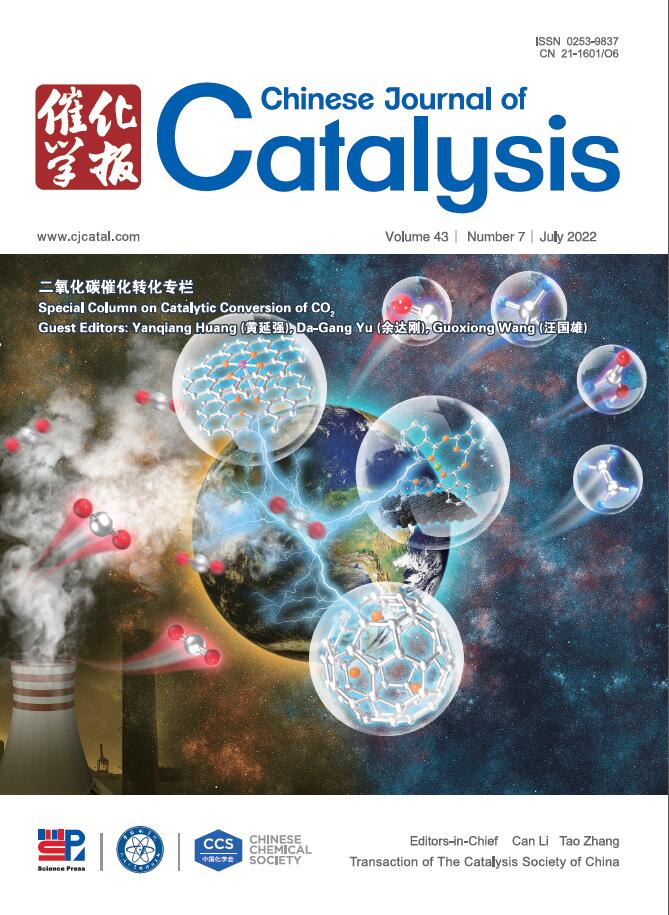Non-derivatized metal-organic framework nanosheets for water electrolysis: Fundamentals, regulation strategies and recent advances
IF 15.7
1区 化学
Q1 CHEMISTRY, APPLIED
引用次数: 0
Abstract
Water splitting powered by clean electricity is a sustainable and promising approach to produce green hydrogen. Currently, noble metal (e.g. Iridium, Ruthenium, Platinum)-based catalysts are most widely used for water splitting electrolysis. However, noble metal-based catalysts often suffer from multiple disadvantages, including high cost, low selectivity and poor durability. The emergence of metal-organic framework nanosheets (MOFNSs) attracts significant attention due to their unique advantages. Here, a concise, yet comprehensive and critical, review of recent advances in the field of MOFNSs is provided. This review explains the fundamental oxygen evolution reaction (OER) and hydrogen evolution reaction (HER) catalytic mechanisms as well as key characterization techniques for the structure-activity relationship study are discussed. Moreover, it discusses efficient design strategies and the brief research advances of MOFNSs in HER, OER, and bifunctional electrocatalysis, along with some challenges and opportunities.
求助全文
约1分钟内获得全文
求助全文
来源期刊

Chinese Journal of Catalysis
工程技术-工程:化工
CiteScore
25.80
自引率
10.30%
发文量
235
审稿时长
1.2 months
期刊介绍:
The journal covers a broad scope, encompassing new trends in catalysis for applications in energy production, environmental protection, and the preparation of materials, petroleum chemicals, and fine chemicals. It explores the scientific foundation for preparing and activating catalysts of commercial interest, emphasizing representative models.The focus includes spectroscopic methods for structural characterization, especially in situ techniques, as well as new theoretical methods with practical impact in catalysis and catalytic reactions.The journal delves into the relationship between homogeneous and heterogeneous catalysis and includes theoretical studies on the structure and reactivity of catalysts.Additionally, contributions on photocatalysis, biocatalysis, surface science, and catalysis-related chemical kinetics are welcomed.
 求助内容:
求助内容: 应助结果提醒方式:
应助结果提醒方式:


